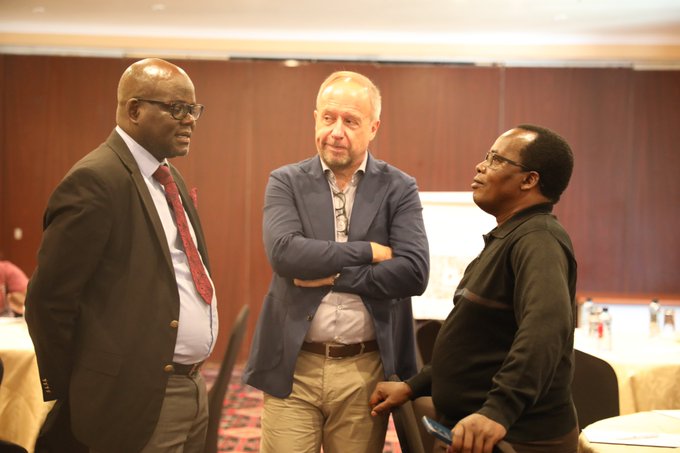NAIROBI, Kenya — In the shimmering goldfields of Migori County, where glittering prospects lure thousands into artisanal and small-scale mining, a toxic truth is surfacing—one teaspoon of mercury at a time.
A new study by the Friedrich Naumann Foundation for Freedom – Kenya (FNF-Kenya) has revealed mercury contamination at levels that could rewrite the story of gold mining in the region—not as one of prosperity, but of pollution, inequality, and a looming public health crisis.
The report, published in April 2025 and based on fieldwork conducted in October 2024, paints a grim picture of unchecked mercury use in processing gold, leaching not only into the soil and rivers—but potentially into people’s lives.
Let’s talk numbers. Tests near mining sites revealed mercury concentrations in water up to 100 times above what’s considered safe for drinking, according to World Health Organization and Kenya’s NEMA.
Study Reveals Alarming Mercury Contamination in Migori Gold Rush capitalfm.co.ke/news/?p=770345
The Nyangoto River, located a mere six kilometers from a mining zone, showed mercury levels 30 times beyond acceptable limits.
While the good news is that no mercury was detected in fish samples—yet—the same can’t be said for the soil and mining tailings, which clocked in at two to three times above agriculture safety thresholds. That raises a chilling question: is mercury creeping into the food chain?
And that’s only part of the story. As Stefan Schott, Project Director at FNF-Kenya, pointed out, “We found a huge gap in data… this could be just the tip of the iceberg.”
If the environment’s suffering, so are the people—especially women. In Migori’s gold industry, men go underground while women handle the backbreaking and often dangerous work of crushing ore and panning for gold.
But despite doing vital labor, women earn less, face sexual harassment, and remain excluded from key decisions.
“Both roles are critical in the gold chain,” the report states, “yet women continue to face systemic discrimination.” It’s a setup that’s as old as the mines themselves: invisible labor, undervalued effort, and little-to-no protection.
School dropout rates are also climbing, with children trading books for gold pans—yet another generational cost of this booming but hazardous industry.
🚨 HAPPENING NOW: We’re launching “A Poisoned Ecosystem”—a groundbreaking field report on mercury contamination and gender injustice in Migori’s gold mining sector. 🔍 158K lives, one invisible crisis. 📍Follow the conversation here. #MigoriMercuryCrisis
The report doesn’t hold back. Mining survey expert Nashon Adero calls the situation a cycle of destruction, dubbing it the “Vicious 9Ds of Mining”—displacement, disputes, dispossession, deprivation, destitution, disease, degradation, deformity, and death.
And yet, he insists, all hope isn’t lost. “Mining done right can be a powerful tool for inclusive economic growth,” Adero says. The study urges immediate action, from stricter environmental regulation to gender-responsive policies and community education on safer mining practices.
It also recommends staying away from water sources near mining sites, hinting at the urgency with which local and national authorities must intervene to contain this mercury time bomb.
Migori’s mines may glitter, but without intervention, their legacy might be one of irreversible harm.
With nearly 40pc of the county’s population dependent on gold mining for survival, the stakes are high. The FNF-Kenya study is more than a research document—it’s a wake-up call. One that Kenya, and its policymakers, can’t afford to ignore.
Because in the race for gold, no one should have to sacrifice clean water, public health, or their future.




